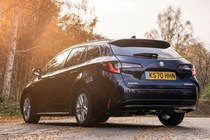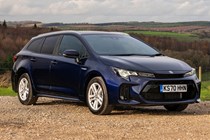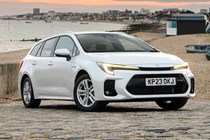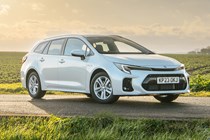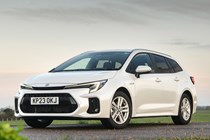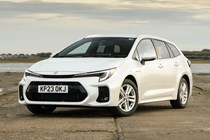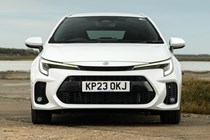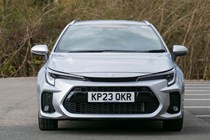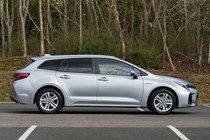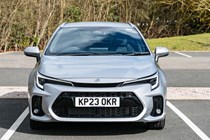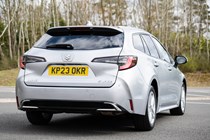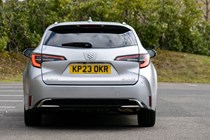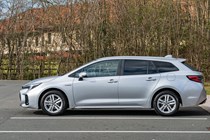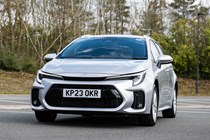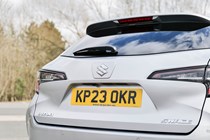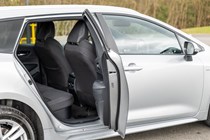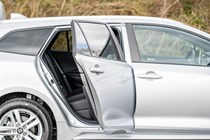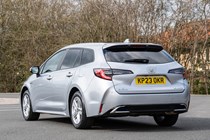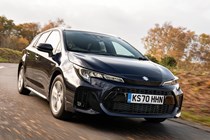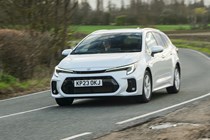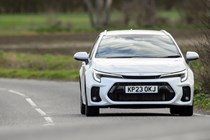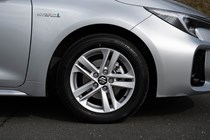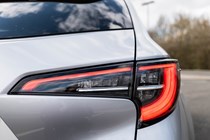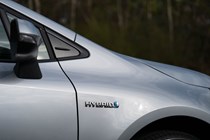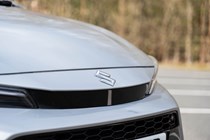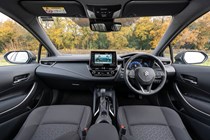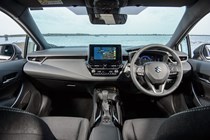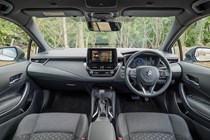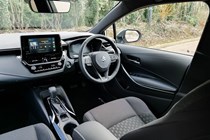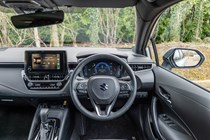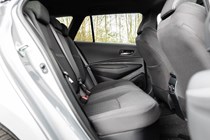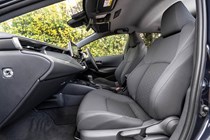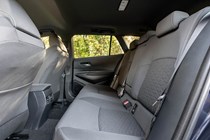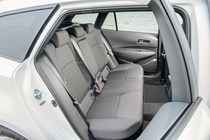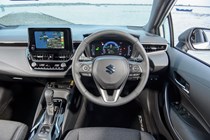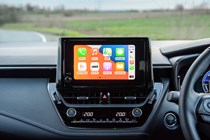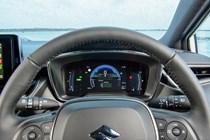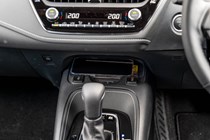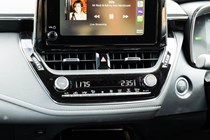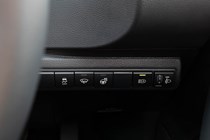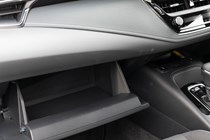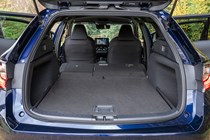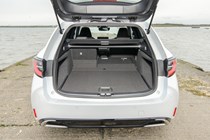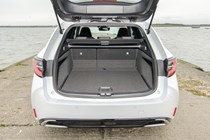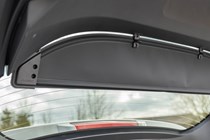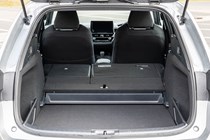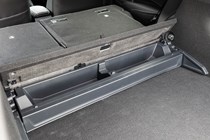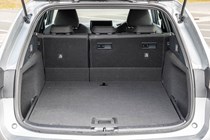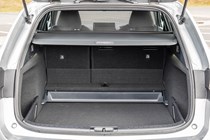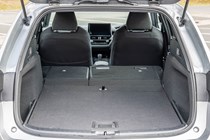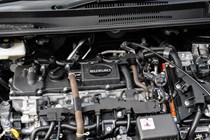Suzuki Swace running costs and reliability
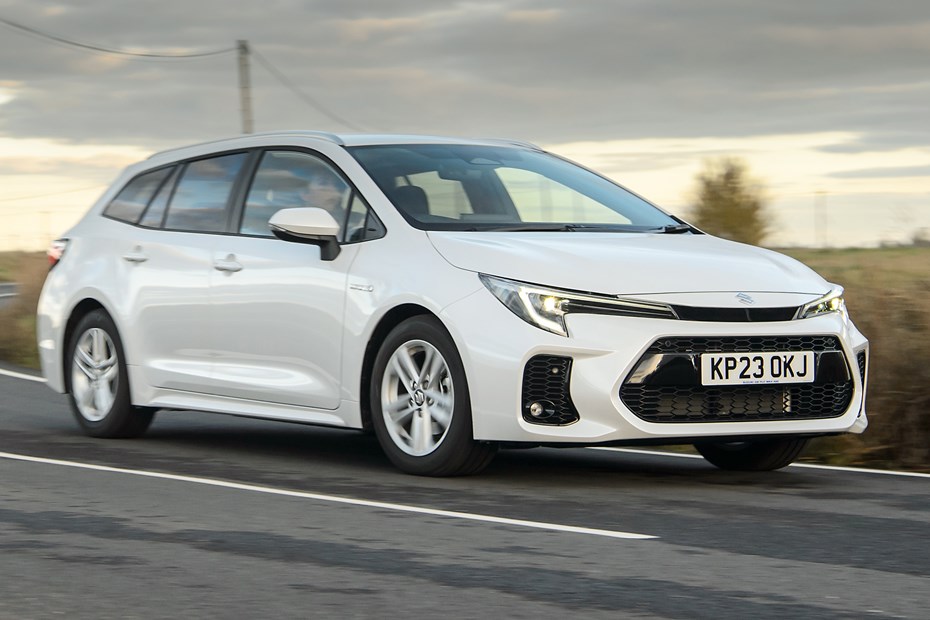
Miles per pound (mpp) ⓘ
| Hybrid petrol engines | 9.2 - 9.4 mpp |
|---|
Fuel economy ⓘ
| Hybrid petrol engines | 62.7 - 64.2 mpg |
|---|
- Continues the theme of low fuel and tax bills against rivals
- 2023 140hp models boost power, pre-’23 120hp has lowest emissions
- Check out insurance and finance costs before buying
What are the running costs?
It’s a spacious, petrol, automatic estate and yet, you’ll easily achieve more than 55mpg in everyday driving. The relative economy in towns and cities will be even better than non-hybrid rivals, as that’s where self-charging hybrid tech is most effective. Official figures for 2023’s 140hp update reveal a 1.7mpg fall to 62.7mpg and 3g/km more for 102g/km CO2, a small impact for a 15% increase in power.
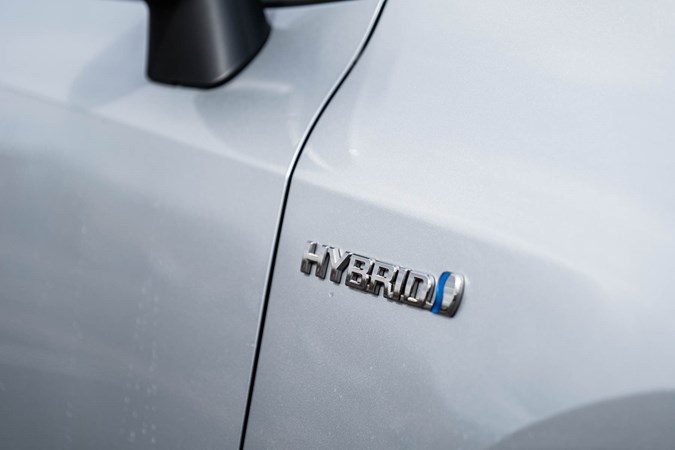
For many drivers and small businesses, the Suzuki Swace still scores well as a company car offering.
Changes to BIK mean the 120hp, pre-2023 SZ5 and SZ-T’s 99g/km CO2 emissions no longer qualify for the super-low benefit-in-kind rates. The current 140hp Motion and Ultra tip over 100g/km, but the additional power equates to just 1% more on the banding. For anyone comparing with a Toyota, the Swace’s lower list price means the BIK is still very competitive.
It also offers Suzuki’s private customers – some of the industry’s most loyal – a vehicle to buy once their families have grown too big for a Swift and they don’t fancy an SUV.
Finance packages are less competitive than Toyota, though the car is cheaper to begin with.
Servicing and warranty
Suzuki launched its new ‘service-activated warranty‘ package in April 2023. It increases the brand’s warranty packages from three years/60,000 miles to seven years/100,000 miles, providing you have the vehicle serviced at a registered Suzuki dealership. It’s similar to the 10-year warranty offered by Toyota, placing Suzuki in joint second place in the UK’s new car warranty charts.
Aside from that there’s a 12-year, unlimited mileage corrosion warranty. However, that’s only valid if you have regular body inspections, so make sure you don’t skip that part of the service.
Suzuki maintenance can be purchased as a fixed-price service plan with monthly payments. Watch out for deals, though, because Suzuki often offers two years’ free servicing with its new cars. Talk to the dealer and see what’s available.
Reliability
- Suzuki dealer customer support added to Toyota’s excellent engineering
- Robust, well-regarded hybrid technology
- Suzuki’s seven-year warranty scheme bodes well
Suzuki dealers are generally held in high esteem and trusted by buyers, and the reliability of its cars mean its dealers have easy lives. But if you want a benchmark for ‘reliable motoring’, the Toyota Corolla’s reputation as one of the most reliable cars ever spans the globe. So, the Suzuki Swace has excellent prospects for a long, trouble-free life.
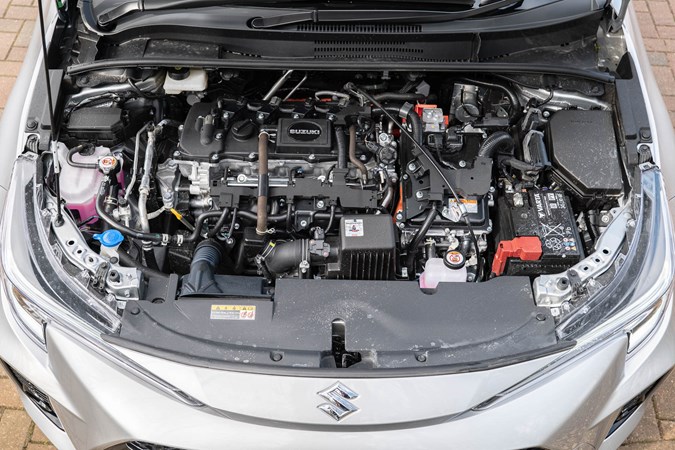
Toyota’s self-charging hybrid technology has steadily evolved over a quarter of a century, and those early examples are still going strong in many cases. The Swace’s 1.8-litre package is the most mature and established of Toyota’s designs.
Ongoing running costs
| Road tax | £195 |
|---|---|
| Insurance group | 16 - 18 |
Get an insurance quote with

|
|



